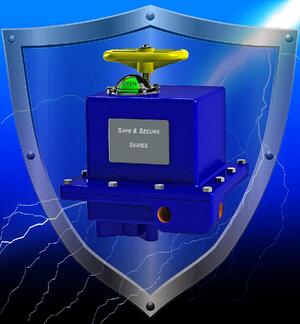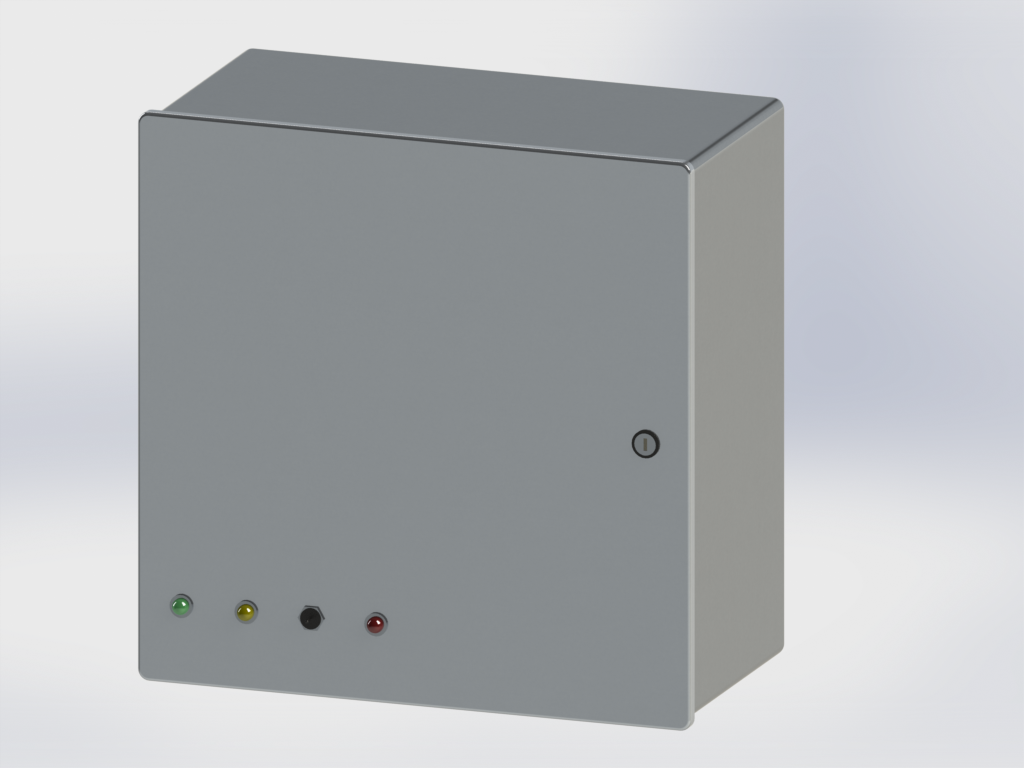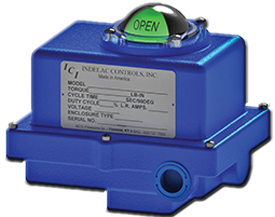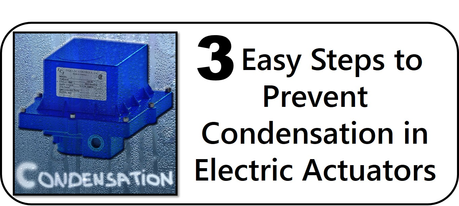
Actuators are a small part relative to the overall systems they live in. Many of these devices weigh in at only ten or twenty pounds. But they are a small component that plays a crucial role: When it’s time for a valve or damper to close, for a flow to stop, or for a system to shut down, the actuator absolutely must work, to prevent catastrophe. Failure is not an option.
Developing a new actuator product can easily take two years and over a million dollars. Actuators are designed and manufactured to the most exact tolerances possible, and every product must be tested and produced with the utmost care. A failure could result in a catastrophic spill, explosion, chemical release, environmental contamination, power loss, property damage, injury, or even loss of life. Actuators trigger immediate shutdown and containment in case of an incident.
This is not to minimize the contribution of actuator technology outside of its protective function. As components of important process-control assemblies, these products contribute to industrial growth and development. As North America has ramped up its natural gas production in recent years, actuators have been playing a part in the build-out of the extraction, processing, and distribution infrastructure that’s making it possible to bring that strategic energy asset safely to the market. These devices play a role in a variety of crucial industrial sectors, such as chemicals, mining, pulp and paper, water, wastewater, and power generation, as well as others. Here at Indelac, we’re also seeing a growing interest in electric actuators because of their contribution to energy efficiency and automation.
System specifiers and operators know that the actuator is such a crucial component that cost is not a primary consideration in product selection. Even if loss of life and injury don’t occur during an incident, the financial losses in such incidents would more than wipe out any savings a company might enjoy by purchasing inferior technology. Even so, an actuator is not an overly expensive device, costing anywhere from a few hundred dollars up to around twenty thousand.
However designers don’t always understand the actuator options available when developing a fail-safe system, here are outlined the basic alternatives. Fail-safe actuators are defined according to five categories:
1. Spring Return Pneumatic Actuator
A spring return actuator is basically a pretty simple device, so it offers high reliability, long life, and relatively low initial cost and maintenance. A spring mechanism holds the actuator in its neutral position or returns it to neutral after being actuated. In the case of a pneumatic actuator, the input motion or signal for the device is powered by air or vacuum. The spring return technology is often preferred by engineers because of its rapid response when shutdown is necessary. The spring return closes almost instantaneously, so it can contain a leak or other situation without delay.
The spring return technology does have its limitations in terms of size. Spring return pneumatic actuators are used extensively with control valves in oil and gas and in power generation, because of their high reliability and durability.
2. Spring Return Electric Actuator

The electric spring return actuator has been gaining popularity in recent years. Advances in product design and torque range have opened up a wider field of applications. This is an important category, as it is the preferred choice for remote oil field fail-safe applications. The electric spring return actuator is an ideal substitute for the pneumatic variety when pressurized air is not available or when the cost of installing air lines would be too high.
As with the spring return pneumatic actuator, this electric variety offers similar benefits in terms of moderate cost for installation, operation and maintenance; long lifetime, and accuracy of control. In this device, the input motion or signal is supplied electrically, using an electric motor to deliver torque to the device. The motor drives a series of gears to rotate a drive shaft to the fail-safe position. The start and ending positions are generally controlled by limit switches, and at the end of the power stroke, the drive shaft is held in position by an electromechanical brake or by a clutch.
3. Spring Return Electro-Hydraulic Actuator
These actuators are used for very large applications, where significant force and speed are required, for example in offshore oil extraction or mining. Yet hydraulic actuators are small and light in proportion to their power. An electro-hydraulic actuator uses an electric motor to drive a hydraulic pump. Hydraulic actuators are rugged, and force is easily varied or reversed, allowing for considerable control in spite of the large forces at work.
Want to know more specifically about Spring Return Actuators. Read our blog about "Fail-Safe Actuators: Many Choices to Make".
4. Electric Actuator With Internal Battery Backup
An electric actuator might be used if a pneumatic supply is not desirable or is not available. They are particularly suitable for applications with multi-turn valves such as gate valves. Electric actuators can also allow for greater automation and finer-tuned control.
Normally an electric actuator would run off an electric circuit. However, battery backup allows for continued operation in case the electric supply fails. With internal battery backup, the battery is located inside the actuator housing, gaining space and make it the perfect fit when space is a requirement. The electric actuator is somewhat slower than the spring return technology, so it is sometimes used when the fail time is not as crucial.
5. Electric Actuator With External Battery Backup
 In these electric actuators, the battery backup is located externally to the actuator housing, in a water-tight metal enclosure. As with the internal-battery actuator, this external option provides fail-safe protection against loss of utility power and a seamless transfer from utility to backup power and then back to utility when the power comes back up.
In these electric actuators, the battery backup is located externally to the actuator housing, in a water-tight metal enclosure. As with the internal-battery actuator, this external option provides fail-safe protection against loss of utility power and a seamless transfer from utility to backup power and then back to utility when the power comes back up.
So What?!
An actuator might cost a few hundreds dollars up to ten thousand, or something on that order. But imagine that that actuator, or a number of them spread through a facility, might be protecting an oil refinery worth two billion dollars. Or think about the potential cost of cleaning up a chemical spill -- easily hundreds of thousands or millions of dollars, not to mention the threat to the environment or human life in the communities where we and our families live.
An actuator is relatively small, but it is a device with an outsize impact, providing protection for process flows and other situations where failure is not an option.







